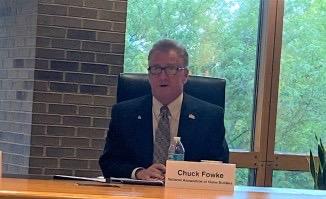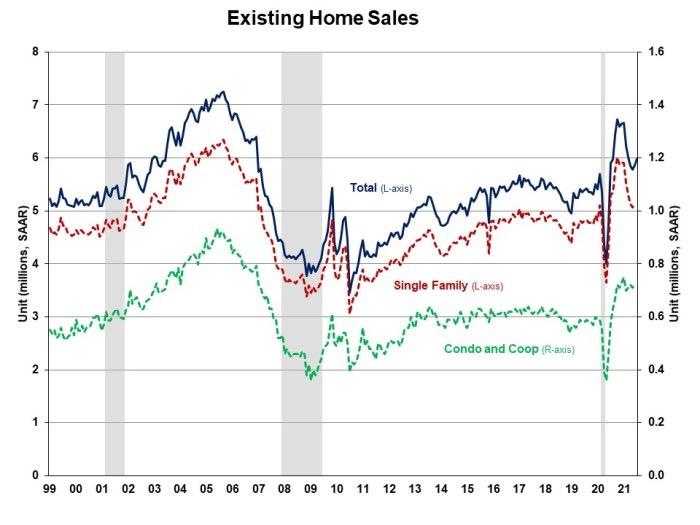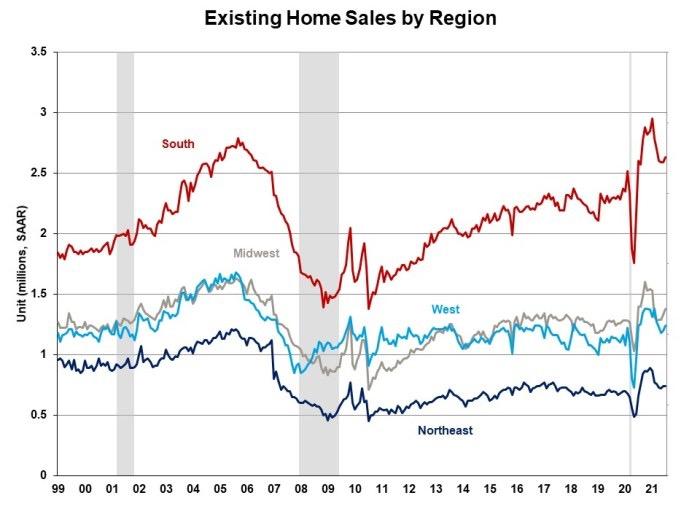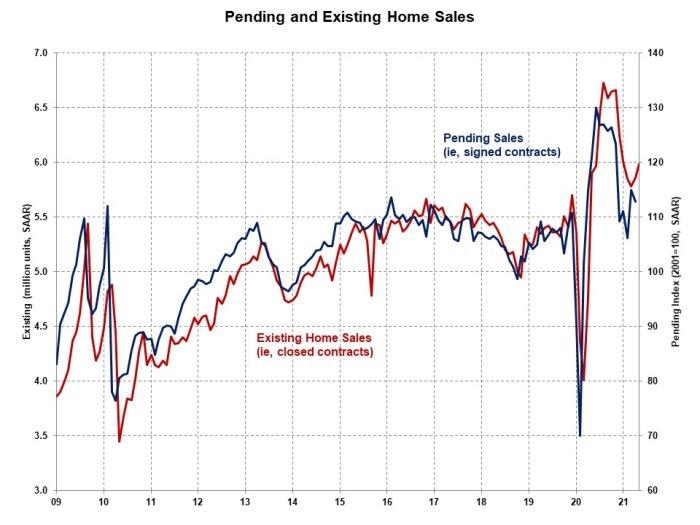
4 minute read
NAHB Criticizes Efforts to Revise WOTUS Rule During Congressional Roundtable
NAHB CRITICIZES EFFORTS
to Revise WOTUS Rule During Congressional Roundtable
NAHB Chairman Chuck Fowke spoke out against the Environmental Protection Agency’s (EPA’s) efforts to revise the Navigable Waters Protection Rule (NWPR) that defines the “waters of the United States” (WOTUS) during a roundtable discussion yesterday with federal policymakers, farmers, home builders and composite makers.
The roundtable was hosted by the Congressional Western Caucus in West Des Moines, Iowa.
“During the previous administration, we saw a sensible effort to come to the table and repeal confusing, inefficient, one-size-fits-all policies with a new regulation, the NWPR,” Fowke said. “The 2015 rule was far too expansive to be effective and was found in federal court to be in violation of the Clean Water Act. We should not return to something that doesn’t work, especially because — aside from the clarity provided by the Trump administration’s rule — none of the factors that led to the previous regulatory confusion under prior WOTUS definitions have changed.”
The Biden administration announced in June its intent to revise the definition of WOTUS and said that the NWPR enacted during the Trump administration “is leading to significant environmental degradation.”
NAHB is a strong proponent of the NWPR because it corrects the vast overreach of prior rules by excluding most manmade ditches and isolated ponds from federal jurisdiction, restores common sense to the regulatory process, reduces projects costs and safeguards America’s water resources. Moreover, many waterways that no longer fall under federal jurisdiction under the NWPR remain protected because state and local governments have the authority to regulate waters, and roughly half the states already regulate isolated wetlands.
Members and leadership from the Home Builders Association of Iowa and the Home Builders Association of Greater Des Moines also attended the roundtable.
In addition to the roundtable, lawmakers participated in field tours to see the impact of federal regulations firsthand, including a visit to a new home development of NAHB member Sage Homes.
The NWPR remains in effect nationwide until the EPA and the U.S. Army Corps of Engineers initiate and complete a federal rulemaking process on the existing WOTUS definition under the NWPR. This is a process that typically takes more than a year to complete.
NAHB Chairman Chuck Fowke speaks at the Congressional Western Caucus Navigable Waters Iowa Roundtable.
EPA Public Meetings Continue This Month
In addition to today’s roundtable, NAHB is participating in the series of EPA virtual public meetings this month and encourages members to participate as well. Registration information for the remaining meetings can be found here.
Both the EPA and the U.S. Army Corps of Engineers have noted that the agencies will use public input from these hearings to shape the Biden administration’s proposed WOTUS rule.
EPA also has indicated that it will hold a series of regional field hearings in the fall, and we will provide more information as it becomes available.
EXISTING HOME SALES RISE in July as Inventory Improves
After four months of declines, existing home sales increased for the second consecutive month in July as housing inventory continued to improve, according to the National Association of Realtors (NAR). Though the median existing home price in July remained elevated, home prices may level off if inventory gradually increases in the coming months.
Total existing home sales, including single-family homes, townhomes, condominiums and co-ops, increased 2.0% to a seasonally adjusted annual rate of 5.99 million in July. On a year-over-year basis, sales were 1.5% higher than a year ago.
The first-time buyer share slightly dropped to 30% in July, down from 31% in June and down from 34% a year ago. The July inventory level increased from 1.23 to 1.32 million units but is still down from 1.50 million units a year ago.
At the current sales rate, the July unsold inventory sit at a 2.6-month supply, slightly up from June’s 2.5-month but still down from 3.1-month a year ago. This low-level supply of resale homes is good news for home construction.
Homes stayed on the market for an average of just 17 days in July, an all-time low, unchanged from June and down from 22 days a year ago. In July, 89% of homes sold were on the market for less than a month.
The July all-cash sales share was 23% of transactions, even with last month and up from 16% a year ago.
Tight supply continues to push up home prices. The July median sales price of all existing homes was $359,900, up 17.8% from a year ago, representing the 113rd consecutive month of year-over-year increases. The median existing condominium/co-op price of $307,100 in July was up 14.1% from a year ago.
BY: FAN-YU KUO

Meanwhile, the Pending Home Sales Index (PHSI), also reported by the NAR, is a forward-looking indicator based on signed contracts. The PHSI decreased 1.9% from 115.0 to 112.8 in June. On a year-over-year basis, sales were 1.9% lower than a year ago.











